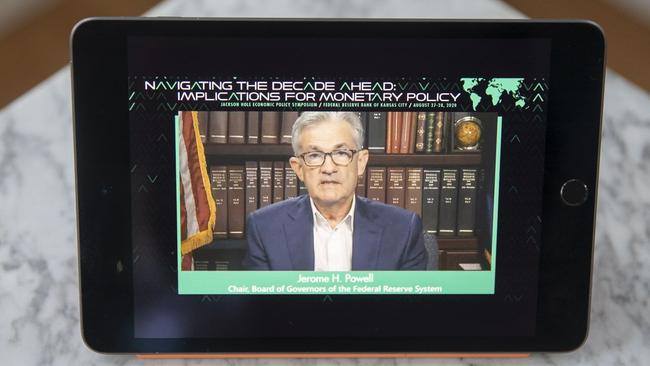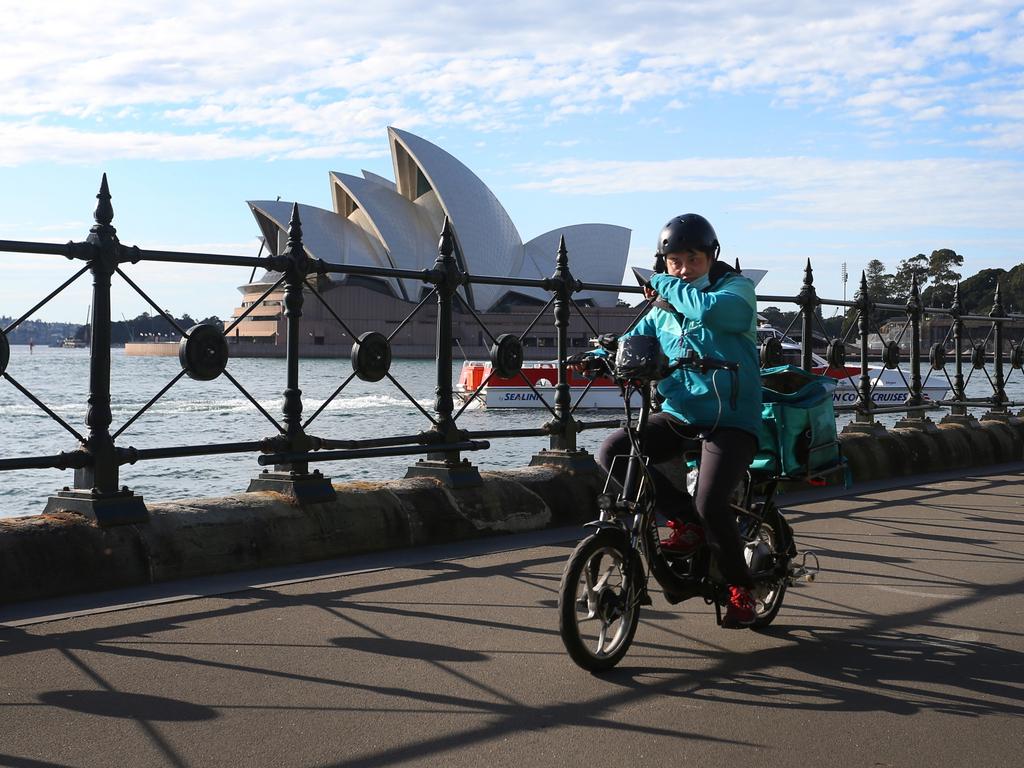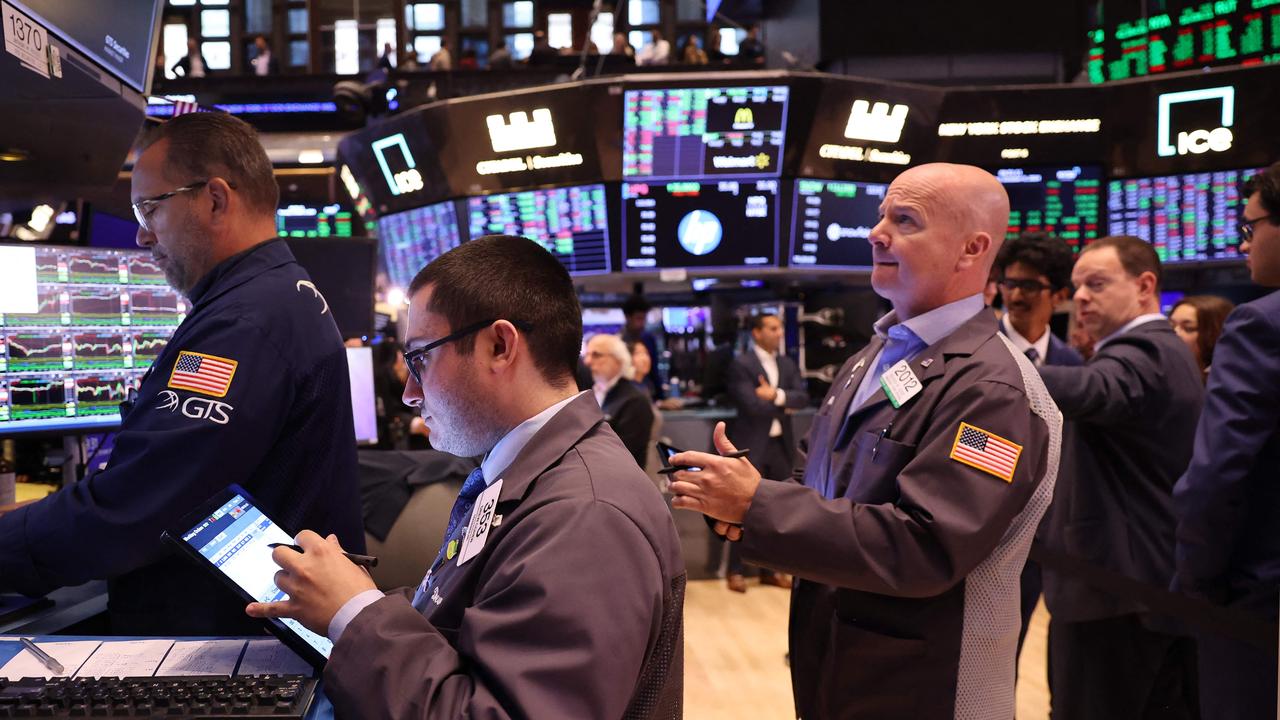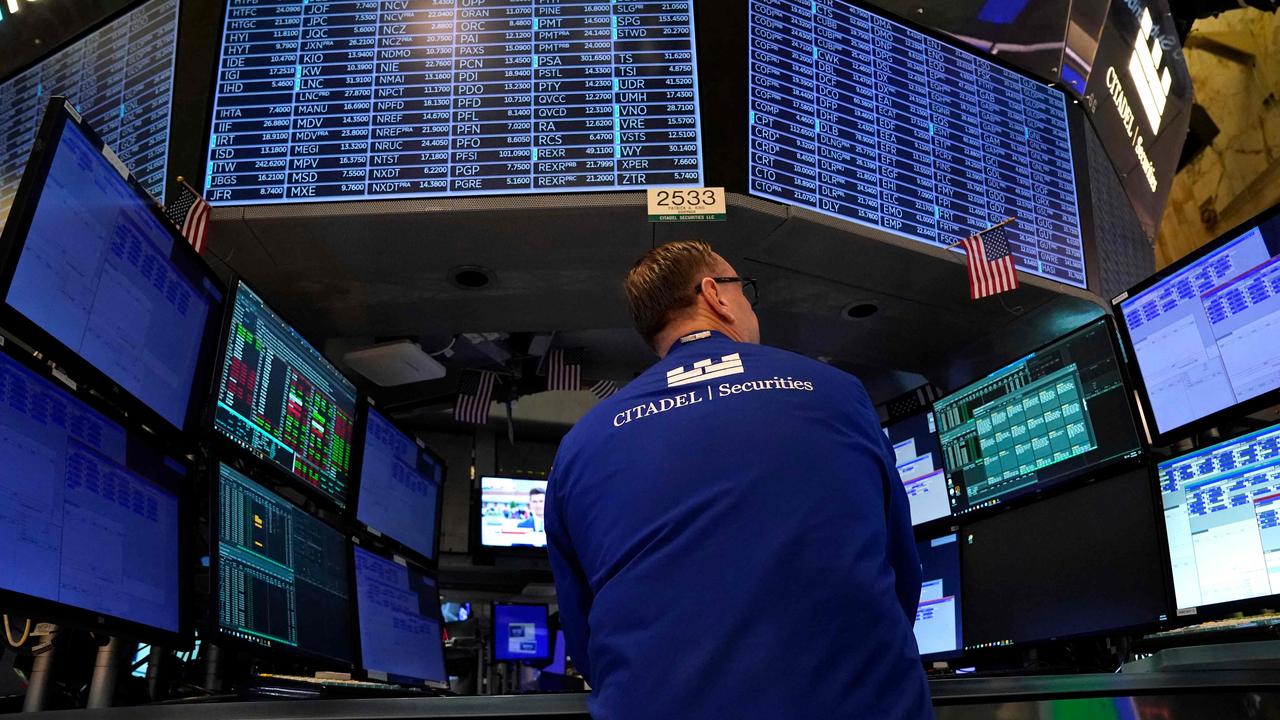‘Tsunami of cash’ to support stocks despite risks
A tsunami of cash from capital returns and takeovers looks set to support the sharemarket despite rising economic risk from lockdowns.

A tsunami of cash from capital returns and takeovers as well as continued quantitative easing from central banks looks set to support the sharemarket despite rising economic risk from lockdowns.
Bell Potter’s Richard Coppleson has estimated that the value of the cash “tsunami” emanating from the local sharemarket itself in the coming months will be worth about $81bn.
His estimate includes $30bn of dividends that will be paid out in September and October, and $34bn from takeovers that have been or are likely to be agreed. To that he adds more than $6bn paid to Boral shareholders in the takeover by Seven Group and almost $5bn from Afterpay shareholders who sold in recent weeks instead of getting Square shares, and potential off-market share buybacks.
“So we are talking about a lot of cash that will flow through the next five months into the new year,” Mr Coppleson said.
“Any sell-offs, if and when they come, will not be that deep and as soon as the sell-off looks done, the buyers will roar back in. And there are said to be many more M&A deals in the pipeline that will hit the market and just add to this cash splash.”
His comments came after Australia’s market appeared to find a short-term bottom.
After falling as much as 2.6 per cent to a three-week low of 7429.2 points in a rare five-day fall, the ASX 200 index broke that losing streak with a 0.5 per cent rise to 7489.9 points on Monday.
Together with a strong bounce on Wall Street at the end of last week, the stabilisation of iron ore prices also helped market sentiment.
After falling 44 per cent from a record high of $US233 a tonne in May to an eight-month low of $US130.20 last week, spot iron ore bounced 6.8 per cent rise to $US139.10 on Friday night.
Fortescue Metals on Monday fell 4.3 per cent to a five-month low of $19.49, with CBA’s Vivek Dhar noting concern over discounts for lower-grade ore.
But the share price is factoring in an iron ore price into perpetuity of just $US85 a tonne and is trading on a 2022 financial year free-cashflow yield of more than 8 per cent, according to Macquarie.
And the world’s fourth-biggest iron ore miner is expected to pay a bumper dividend of about $1.90 a share next month, putting it on a fully franked dividend yield of close to 20 per cent.
On a macroeconomic level, the market will be cautious about the virtual Jackson Hole central bankers’ meeting on Friday, in case Federal Reserve chairman Jerome Powell gives a stronger signal that the Fed is ready to start tapering its pandemic-era bond-buying program in the coming months. However, that is far from certain, with Fed minutes last week highlighting the risks from Covid-19.
Meanwhile, in Australia, Deutsche Bank chief economist Phil Odonaghoe was the latest to join those saying the Reserve Bank would not go ahead with its plan to reduce its bond buying in September as ballooning Covid case numbers have caused tighter and extended lockdowns.
“The health situation in Australia has deteriorated significantly since the RBA’s August meeting, sufficiently so, in our view, to justify a reversal of the RBA’s tapering of bond purchases scheduled for September,” Mr Odonaghoe sad. “We now expect the RBA to keep its bond purchase pace at $5bn per week until at least November, rather than tapering to $4bn per week from September as scheduled.”
While noting the situation in NSW had been appreciated for some time, albeit worsened since the RBA’s August meeting, Mr Odonaghoe said the “more material marginal consideration confronting the RBA is actually Victoria”.
“Even with strict lockdown measures in place, Sydney’s experience suggests it would be an incredibly brave central banker to take an optimistic view on where Victoria’s case numbers are going to head in coming weeks, if not months,” he said.
That has obvious implications for how long lockdown measures will remain in place.
“Indeed, we now see achievement of the Doherty vaccine thresholds as the earliest chance for a meaningful end to mobility restrictions in both NSW and Victoria,” Mr Odonaghoe added.
“That is likely to be the early part of Q4 at the very earliest, or more than a month after the RBA’s tapering is currently scheduled to begin.”
On Friday, Westpac chief economist Bill Evans said the sudden deterioration in the near-term economic outlook meant the RBA should look to increase bond purchases rather than taper them, as “the economic contraction will be materially deeper than expected in August and the health situation raises genuine risks around the timing and shape of the recovery”.
Mr Evans said the RBA board should lift purchases to $6bn a week, from the current $5bn.





